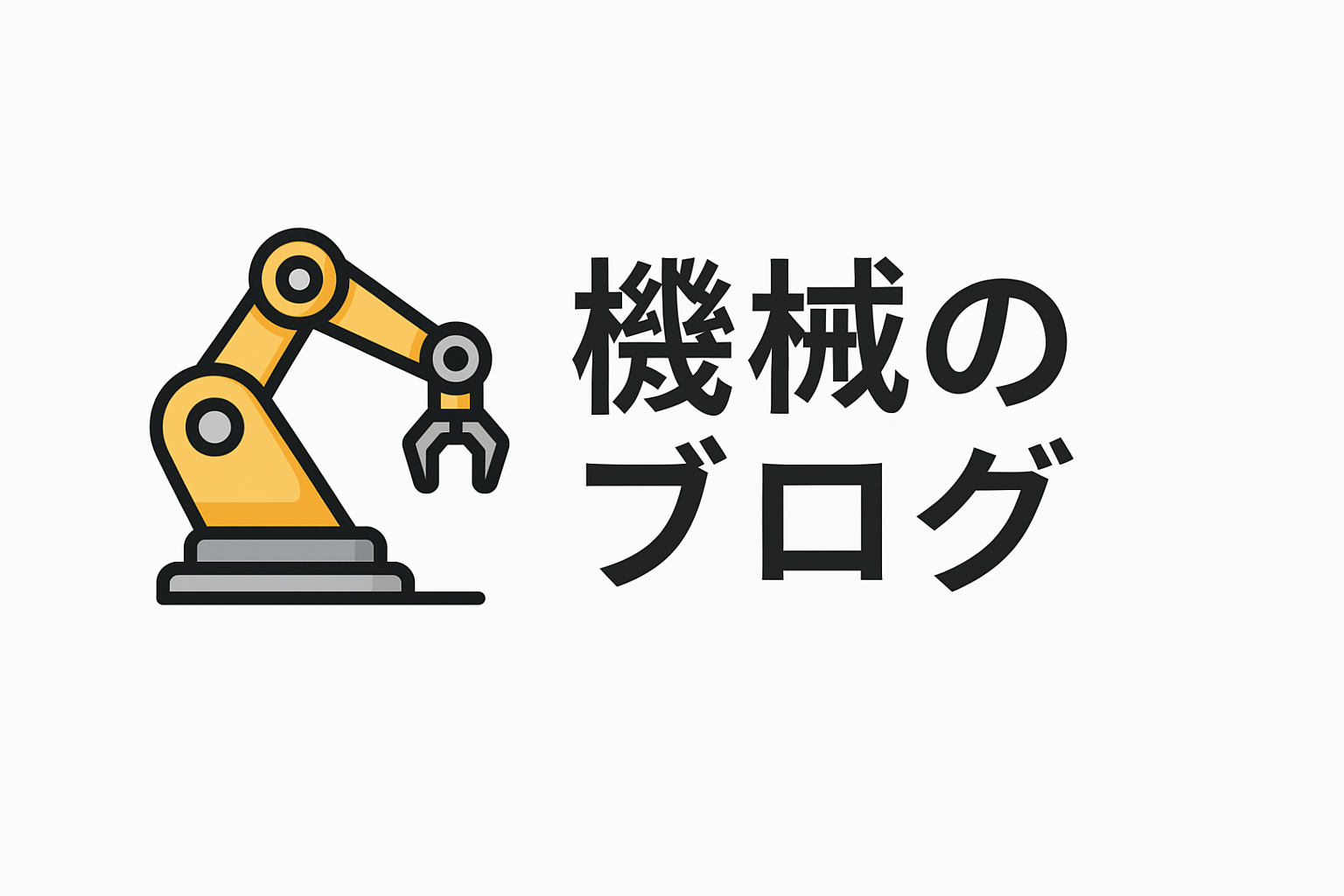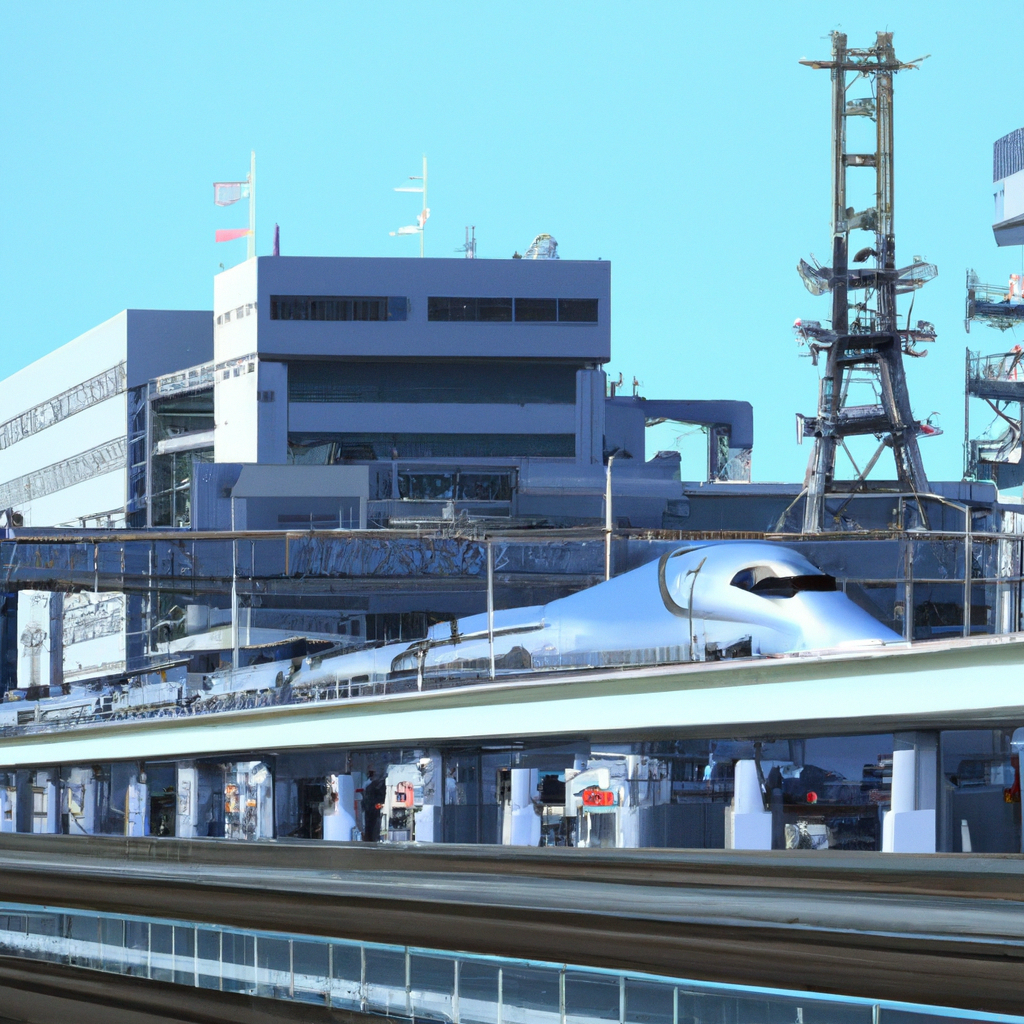Manufacturing Revolution: Metaverse Integration Seminar
The manufacturing industry is on the brink of a technological transformation that promises to redefine the way production processes are designed, executed, and managed. One of the most exciting developments in this arena is the integration of the metaverse into manufacturing processes. This article provides insights from the recent “Manufacturing Revolution: Metaverse Integration Seminar,” highlighting how virtual environments are set to revolutionize the manufacturing landscape.
Introduction to the Metaverse in Manufacturing
The metaverse, a collective virtual shared space created by the convergence of virtually enhanced physical reality, is becoming increasingly significant in various industries. Traditionally associated with gaming and social interactions, the metaverse is now making inroads into industrial applications, particularly in the manufacturing sector. By leveraging virtual reality (VR), augmented reality (AR), and mixed reality (MR), manufacturers can enhance design processes, streamline operations, and foster innovation.
Section 1: Understanding the Metaverse and Its Implications
The metaverse represents a digital ecosystem where immersive experiences are used for various applications. In manufacturing, it means creating digital twins of physical systems, enabling real-time interaction and analysis. This section of the seminar explored the foundational technologies underpinning the metaverse, such as VR, AR, and blockchain, and their potential to create a seamless integration between physical and digital realities.
One key takeaway is that the metaverse allows for unprecedented levels of collaboration and data visualization. For example, engineers from different parts of the world can work together on a single project in a virtual environment, enabling real-time problem solving and innovation.
Section 2: Enhancing Design and Prototyping
Design and prototyping are critical phases in the manufacturing process where the metaverse can provide significant advantages. By utilizing digital twins and 3D modeling within a metaverse environment, manufacturers can visualize and test prototypes without the need for physical models. This not only accelerates the design process but also reduces costs associated with materials and labor.
During the seminar, case studies were presented where companies successfully integrated metaverse technologies to improve their design workflows. For instance, automotive manufacturers are using virtual reality to create and test vehicle models, allowing for rapid iterations and feedback integration.
Section 3: Streamlining Operations with Virtual Environments
Operational efficiency is at the core of manufacturing success. The metaverse offers tools to streamline operations through enhanced training, maintenance, and monitoring capabilities. By simulating factory environments, workers can undergo comprehensive training in a risk-free setting, leading to improved safety and productivity on the actual shop floor.
The seminar highlighted examples of companies using VR for training purposes, resulting in a reduction in error rates and downtime. Additionally, AR can be employed for maintenance tasks, providing technicians with real-time data overlays, reducing the time required for repairs and ensuring higher accuracy.
Section 4: Fostering Innovation through Collaboration
Innovation is often driven by collaboration, and the metaverse provides a platform where ideas can be shared and developed in real-time. The virtual environment breaks down geographical barriers, enabling teams from various locations to contribute to projects seamlessly.
In the seminar, experts discussed how the metaverse fosters a culture of open innovation, where companies can collaborate with external partners, research institutions, and even competitors to drive technological advancements. This collaborative approach is already leading to breakthroughs in materials science, process optimization, and sustainable manufacturing practices.
Section 5: Overcoming Challenges and Looking Forward
While the integration of the metaverse in manufacturing presents numerous opportunities, it is not without challenges. Data security, privacy concerns, and the need for robust infrastructure are significant hurdles that need to be addressed. The seminar concluded with a discussion on strategies to overcome these challenges, emphasizing the importance of industry standards and regulatory frameworks.
Looking forward, the panel of experts predicted a growing adoption of metaverse technologies in manufacturing, driven by advancements in AI, IoT, and 5G connectivity. As these technologies mature, they will provide the backbone for more sophisticated and comprehensive metaverse applications that further enhance manufacturing processes.
Conclusion
The “Manufacturing Revolution: Metaverse Integration Seminar” underscored the transformative potential of the metaverse in the manufacturing sector. By harnessing the capabilities of virtual environments, manufacturers can expect to achieve greater efficiency, innovation, and collaboration. As the industry continues to evolve, those at the forefront of metaverse integration will likely lead the charge in redefining the landscape of manufacturing for years to come.
For manufacturing professionals, staying informed and adaptable to these emerging technologies will be key to capitalizing on the opportunities presented by the metaverse. As we move towards a future where digital and physical realities increasingly converge, the metaverse will undoubtedly play a pivotal role in shaping the next era of manufacturing innovation.

